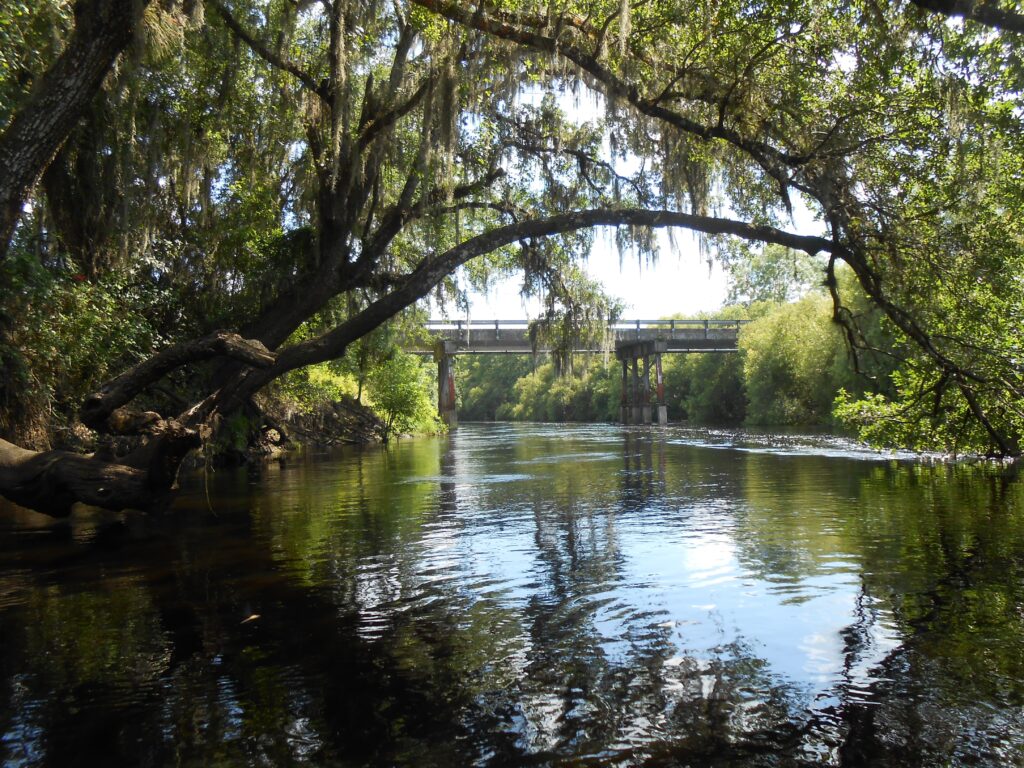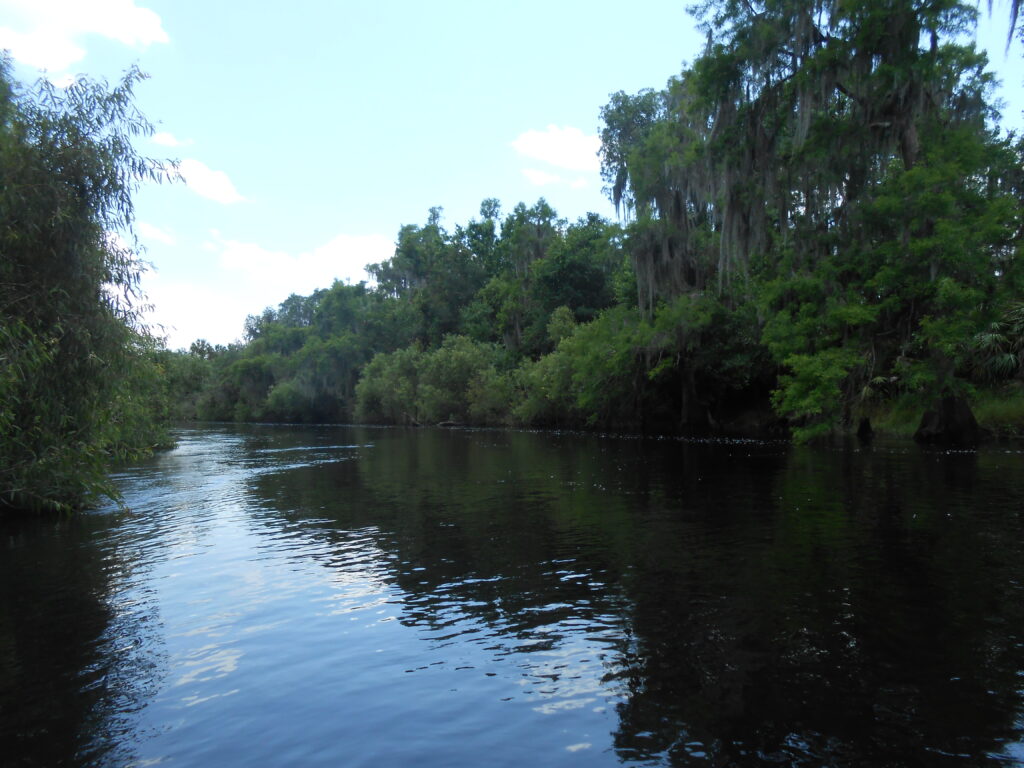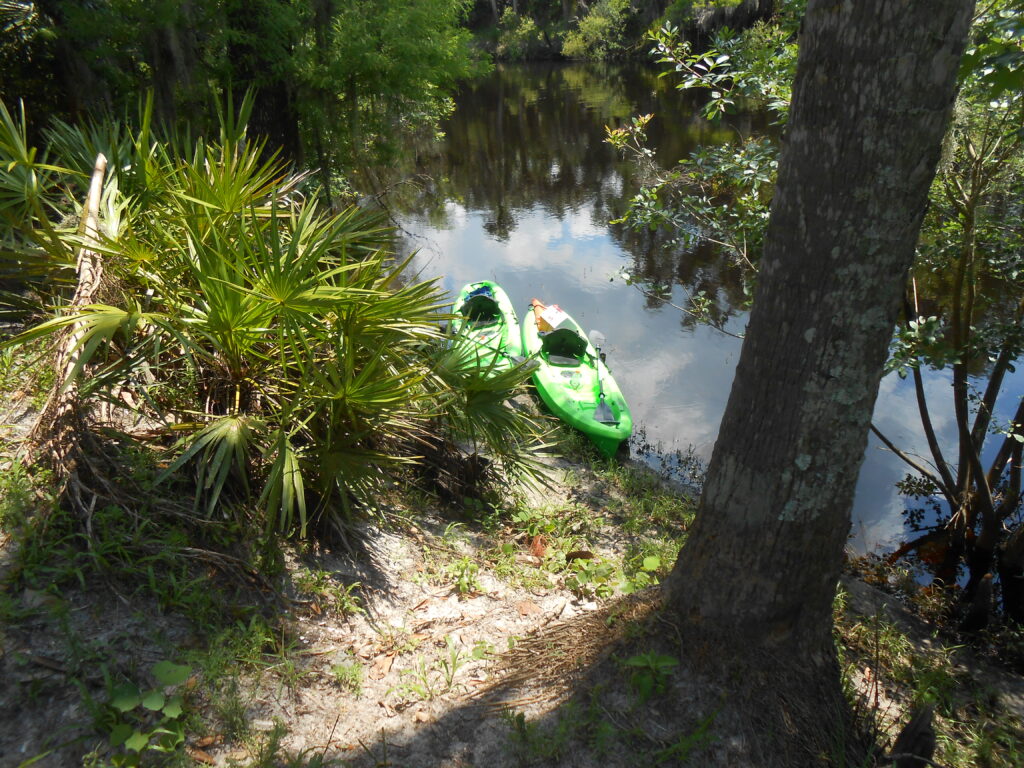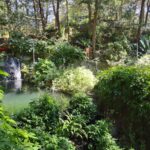Florida is teeming with diversity. But the state we know today is a far cry from the ancient world from which this modern wonderland arose. The Peace River in southwest Florida flows from north to south from Lake Hancock in Polk County near Bartow to Charlotte Harbor at Punta Gorda in Charlotte County. Its gentle current makes it a favorite for kayaking and canoeing. What makes it unique is that is a popular destination for fossil hunting.
Life Along the Peace River
The Spanish originally charted the Peace River in the 1500s. They called it the Rio De La Paz or River of Peace. The Seminole People later had another name for it. They called it Talakchopco, or River of Long Peas, for the abundance of wild peas along its banks. The river provided a home for Florida frontiersmen, those seeking sanctuary from the war-torn south, and a new life for freed slaves with very few places to go. Living along the river was not an easy life. Many worked in early phosphate mines. Others tackled farming a land constantly battered by intense sun, flooding rains, and drought.
Like many of the rivers in the southern half of Florida, the 2300-square-mile river basin consists of bald cypress, scrub oak, palmetto prairies, and pine hammocks. Wildlife is abundant, particularly in the upper, less inhabited portion of the river. Alligators abound. Snakes, turtles, eagles, hawks, osprey, deer, wild pigs, and coyotes are often spotted on the bank or in the trees above. Maybe a river otter will make an appearance among the slew of wading birds searching for their next meal. Large stretches of the river are as wild as they were during the days of the Spanish explorers. You never know what you might encounter.
The River Flows South
For more than a hundred miles, the Peace River flows steadily south. Farms dot the upper river north of Zolfo Springs to Bartow. Fed by creeks that flow into the river from east and west, the river gains momentum as it flows south. Passing Zolfo Springs, you are more likely to run into more people and boat traffic. Still, it is much less populated than other Florida rivers. There are no major cities along the river route until it reaches the mouth at Punta Gorda and Charlotte Harbor.
The river current is inconsistent throughout its journey. In some place wide banks narrow rapidly and the water shallows causing the currents to speed up. When wading, it’s imperative to exercise cation. Deep holes hide obstacles like sharp rocks, old debris, sunken trees, and vessels in what is otherwise shallow, tea-like water. And of course, keep an eye out for those gators, particularly in the warmer months.
Fossil Hunting
Because of the current and geography of the Peace River, it has become one of the most popular fossil hunting destinations in Florida. One crown jewel for every fossil hunter’s collection is the mighty megalodon. These giant shark’s teeth are embedded in the banks along the more remote parts of the river. Transport yourself back in time to when the forests of today were the underwater kingdoms of yesterday, home to the largest ocean predator to ever exist. But Megalodon is not the only fossil. You can also find mammoth teeth and bones, giant sloths, ancient horses, and wolf fossils.
The best time to find fossils is during the Florida dry season, from late October through May, when the water levels drop. Look for gravel beds along the bank or in the shallows. You may have to bite the bullet and get a little wet. Some of the gravel beds are submerged even with the lower water levels. Use a shovel and a sifter. Find a secluded spot and get to work.
One note, however, is that collecting fossils from land animals in the state of Florida requires a fossil permit. This excludes sharks’ teeth including Megalodon, but pretty much all fossilzed vertebrates require a permit. Also, collecting artifacts on public land is illegal. Don’t get caught with arrowheads or anything else considered an artifact. Take a picture and leave it where you found it. A fossil permit costs $5 and are available by mail.
Peace River Tours
The Peace River is a gentle flowing river so navigating is not all that difficult. You can explore on your own or take a guided tour. There is plenty to choose from. Rent a Kayak or take a guided tour with Kayak Eco Tours near Arcadia. Take a fossil hunting tour with Paleo Discoveries. Wade the shallower areas to find those submerged gravel beds but beware of cold water in the cooler months. Oh, watch out for alligators as well.
If you’re not into fossil hunting and exploring the river on your own is not what you have in mind, take a two-hour river tour with Wilderness Boat Tours out of Punta sh. From Arcadia, Peace River Charters, offers a variety of river tours. Their have a pontoon boat tour on The Calusa Queen, air boat tours, swam buggies, horseback tours as well as group tours.
Visit the Peace River
There are many places in Florida where you can visit and feel like you are stepping back in time. It’s not hard to imagine a group of Seminoles sitting around a fire along a sandy bank cooking fish and smoking their pipes while children chased tadpoles in the shallows. What sets this river apart from the rest is the tangible evidence that can be found entombed in its banks. The Peace River is a Fossil lover’s paradise.
Get Directions
The Peace River runs parallel to U.S Hwy 17 from Punta Gorda in South Florida to Lake Hancock north of Bartow in Central Florida. You’ll encounter various boat launches, outposts and tours along the route.












